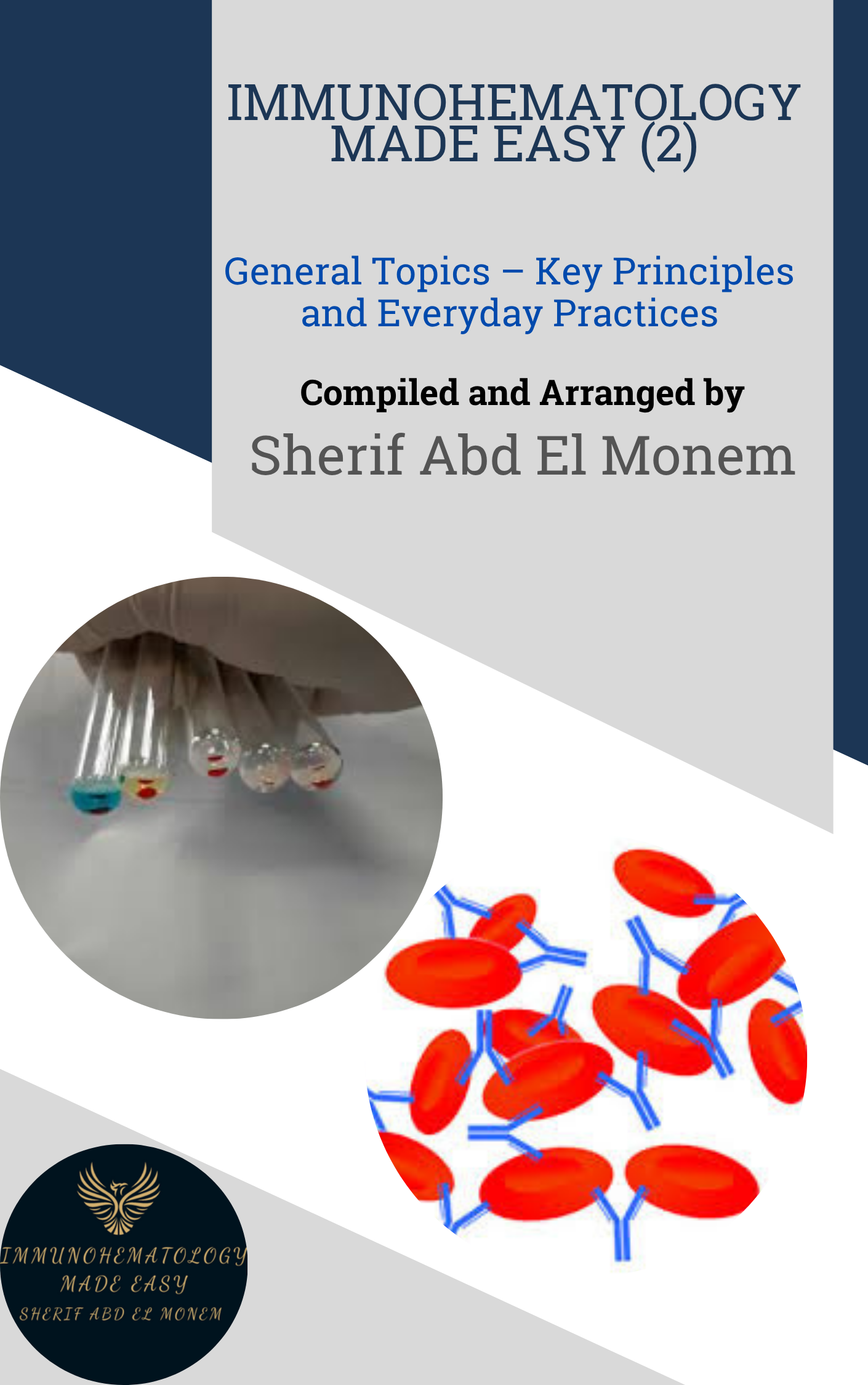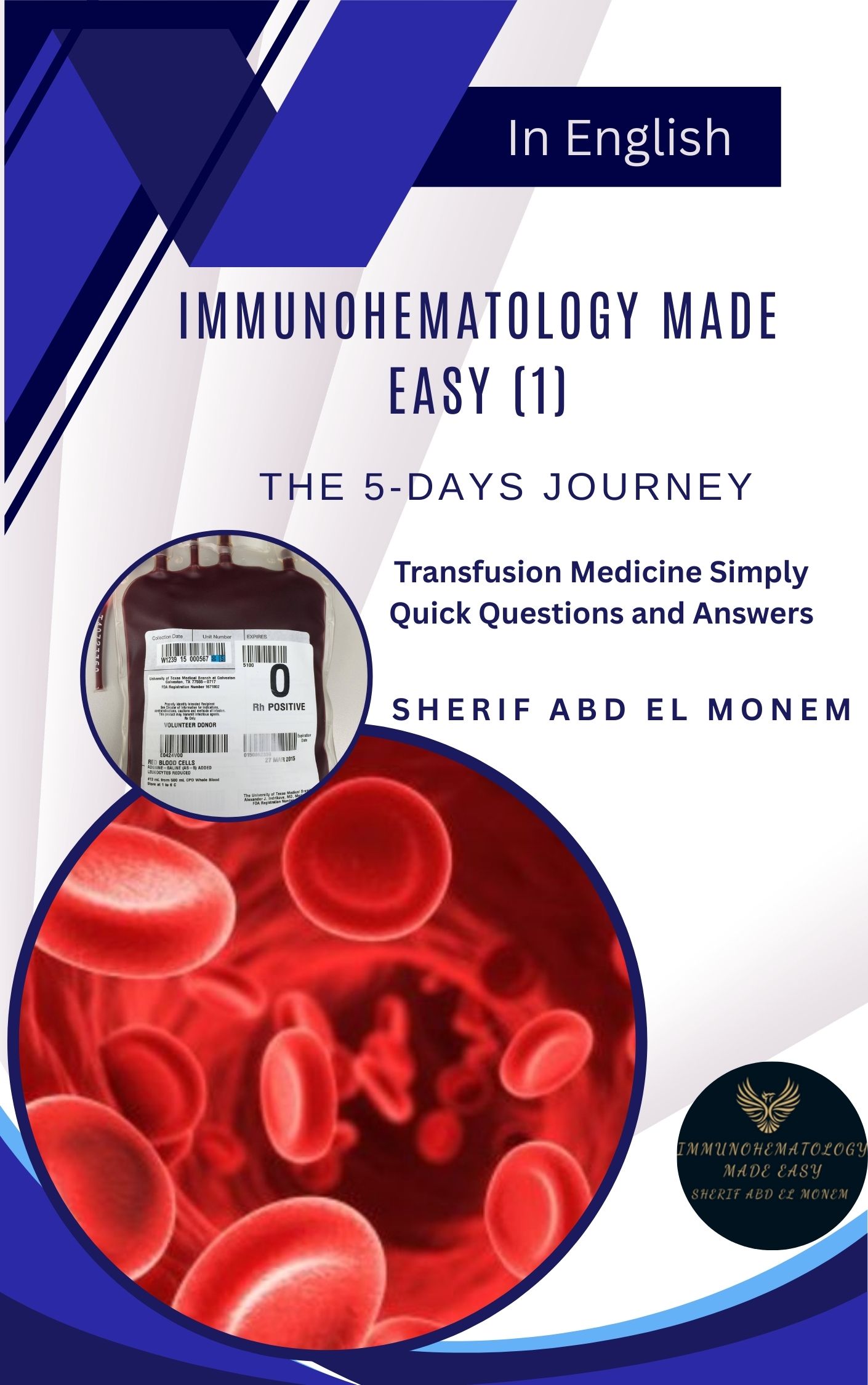The need for rare blood programs is real
Bullet points for the article “Assisted by AI” :
- Patients with rare blood types face challenges in finding compatible blood for transfusions due to the low prevalence of their blood type in the general population.
- Rare blood types are often more common in certain ethnic or racial groups, so diverse blood donor pools are needed to meet the needs of all patients.
- Rare blood programs have been established in various parts of the world to collect and maintain a supply of rare blood types.
- These programs rely on the contributions of dedicated donors who are willing to give blood on a regular basis to ensure that patients with rare blood types have access to compatible blood when they need it.
- The Canadian rare blood program called the International Collaboration for Transfusion Medicine (ICTM), has been successful in identifying donors with rare blood types and maintaining a supply of their blood.
- The ICTM program has been able to provide compatible blood to patients with rare types, even in emergency situations.
- Rare blood programs require significant resources and investment to be successful, including funding for testing, storage, and transportation of blood products, as well as the development of effective communication channels between blood services.
- The authors call for increased investment and collaboration in rare blood programs to ensure that all patients have access to the blood they need, regardless of their blood type.
Summary “Assisted by AI” :
The article highlights the challenges faced by patients with rare blood types in finding compatible blood for transfusions. Due to the low prevalence of these blood types in the general population, it can be difficult to locate a suitable donor when a transfusion is needed. This can be particularly problematic in emergency situations, where time is of the essence.

Immunohematology Made Easy (2)
General Topics – Key Principles and Everyday Practices
📘 Available now in PDF & EPUB formats
🔗 Visit Store
The article notes that rare blood types are often more common in certain ethnic or racial groups, which underscores the need for diverse blood donor pools. To address this issue, rare blood programs have been established in various parts of the world to collect and maintain a supply of rare blood types. These programs rely on the contributions of dedicated donors who are willing to give blood on a regular basis to ensure that patients with rare blood types have access to compatible blood when they need it.
The article cites the example of a successful rare blood program in Canada, which has been able to provide compatible blood to patients with rare types, even in emergency situations. The Canadian program, called the International Collaboration for Transfusion Medicine (ICTM), was established in 2008 and has since grown to include 19 blood services from around the world. The program has been able to identify donors with rare blood types and maintain a supply of their blood, which has been used to help patients in need.
The article also notes that rare blood programs require significant resources and investment to be successful. This includes funding for testing, storage, and transportation of blood products, as well as the development of effective communication channels between blood services to facilitate the exchange of information and blood products. The authors emphasize the need for increased investment and collaboration in rare blood programs to ensure that all patients have access to the blood they need, regardless of their blood type.
In conclusion, the article highlights the importance of rare blood programs in ensuring that patients with rare blood types have access to compatible blood when they need it. These programs require significant resources and investment, but they have been shown to be effective in providing patients with the blood they need, even in emergency situations. The authors call for increased investment and collaboration in these programs to ensure that all patients have access to the blood they need to survive and thrive.

Immunohematology Made Easy (2)
General Topics – Key Principles and Everyday Practices
📘 Available now in PDF & EPUB formats
🔗 Visit Store

📘 New to Blood Bank?
Start your 5-day journey with Immunohematology Made Easy — a simple, beginner-friendly guide with real-life examples!
👉 Get Your Copy Now